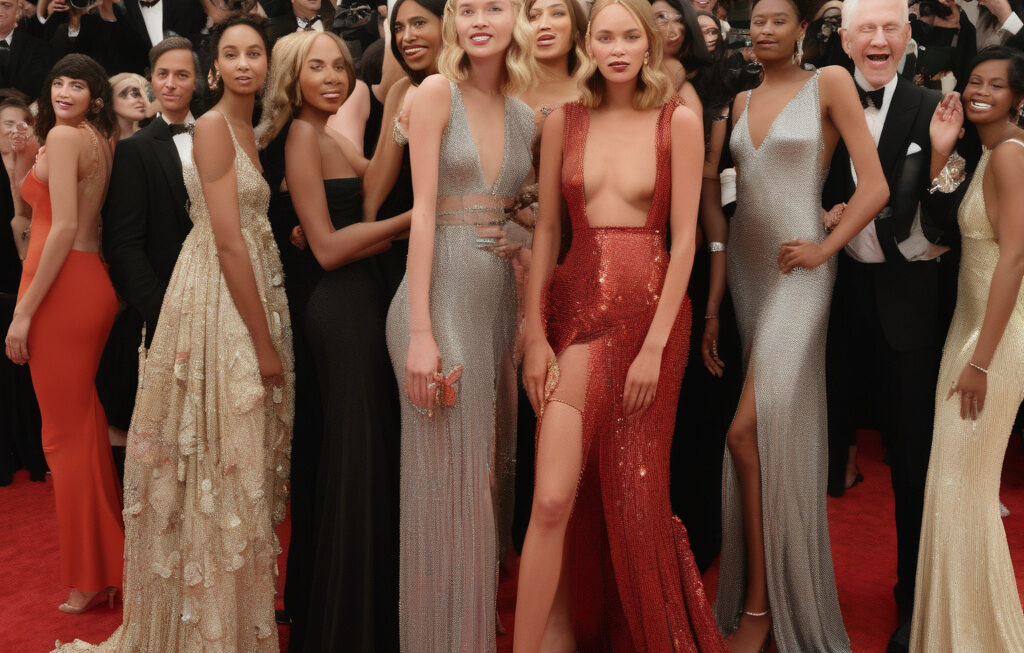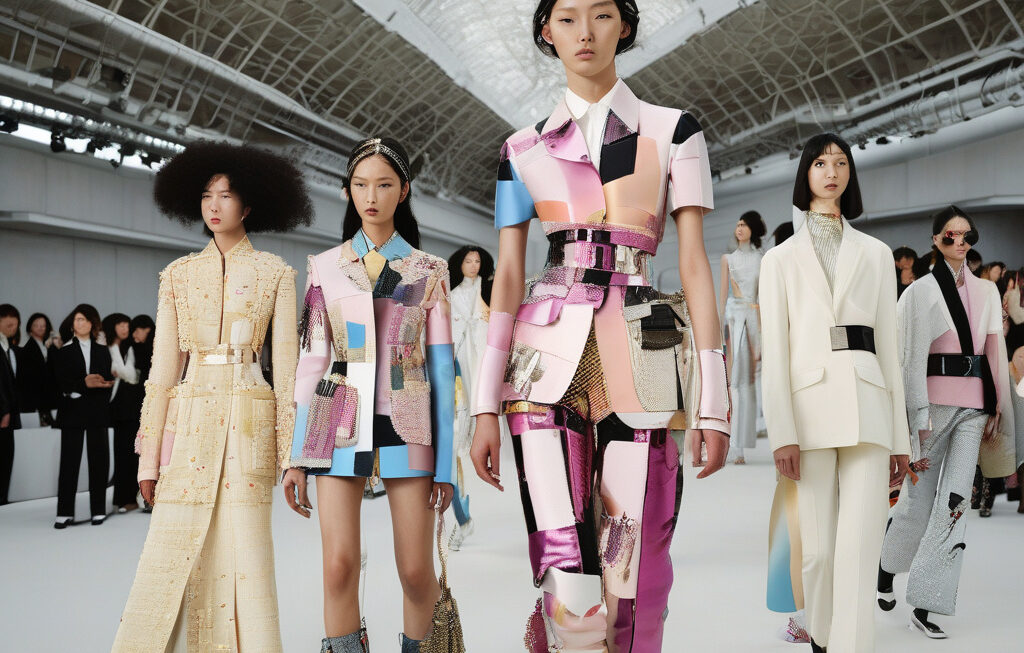Fashion and Sports Partnerships: Mastering the Tricky Details
In the ever-evolving landscape of the fashion industry, the intersection with the world of sports has become increasingly prominent. With the rise of athleisure and the fusion of performance wear with high fashion, brands are finding new and exciting ways to collaborate with athletes, teams, and sporting events. However, as fashion delves deeper into the realm of sports partnerships, mastering the complex details of these collaborations has become essential for success.
One of the key aspects that fashion brands must consider when entering into sports partnerships is the authenticity of the collaboration. In today’s market, consumers are savvy and can quickly spot a partnership that feels forced or inauthentic. To nail the tricky details of sports partnerships, fashion brands must ensure that there is a genuine connection between the brand and the sports entity they are partnering with. This connection could be based on shared values, a mutual target audience, or a genuine passion for the sport in question.
A great example of a fashion brand that has successfully navigated the complexities of a sports partnership is Adidas. The sportswear giant has a long history of collaborating with athletes and sports teams, creating innovative and stylish collections that resonate with consumers. One of their most successful partnerships has been with tennis superstar Serena Williams. By working closely with Serena to design performance-driven tennis apparel that also reflects her personal style, Adidas has been able to create a collection that feels authentic and compelling to consumers.
Another crucial detail that fashion brands must consider when partnering with sports entities is the visibility and reach of the collaboration. Sports sponsorships can be a powerful way to increase brand awareness and reach new audiences, but it’s essential to choose the right partner to maximize these benefits. Fashion brands should look for sports partnerships that align with their target demographic and marketing objectives to ensure that the collaboration will have a meaningful impact.
Nike is a prime example of a brand that excels at leveraging sports partnerships to increase visibility and reach. By collaborating with top athletes such as LeBron James, Cristiano Ronaldo, and Serena Williams, Nike has been able to elevate its brand and connect with sports fans around the world. These partnerships have not only boosted Nike’s sales and market share but have also solidified the brand’s reputation as a leader in sports performance and innovation.
In addition to authenticity and visibility, fashion brands must also pay attention to the contractual and logistical details of sports partnerships. From negotiating sponsorship deals to coordinating marketing campaigns and events, there are numerous intricacies that must be carefully managed to ensure a successful collaboration. Fashion brands that are able to master these details and execute their sports partnerships flawlessly are likely to see significant returns on their investment.
As fashion’s interest in sports continues to grow, brands must be prepared to navigate the tricky details of sports partnerships with skill and finesse. By prioritizing authenticity, visibility, and attention to detail, fashion brands can create impactful collaborations that resonate with consumers and elevate their brand image. In the competitive and fast-paced world of fashion and sports, mastering these details can make all the difference between a successful partnership and a missed opportunity.
fashion, sports partnerships, authenticity, visibility, collaboration












